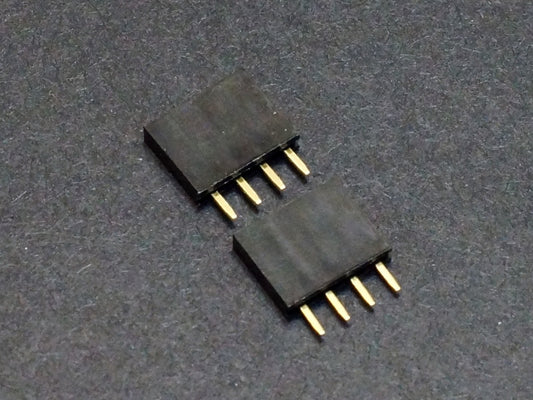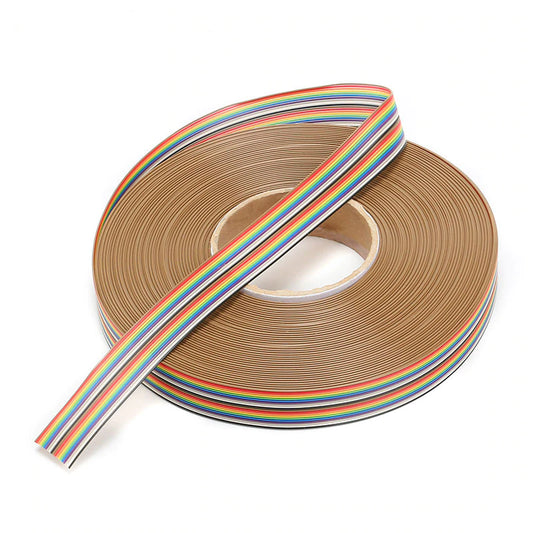Wires & Cables Philippines: Jumper, Dupont, Hook-Up & Ribbon | Circuitrocks
Wires & Cables at Circuitrocks — Clean Power & Signals for Your Projects
Keep your builds neat and reliable with our curated wires & cables—from jumper wire kits and Dupont leads to hook-up wire spools, ribbon cable, and pre-crimped JST leads. Perfect for Arduino, ESP32, Raspberry Pi, robots, and classroom labs.
Jumper • Dupont • Hook-Up • Ribbon • JST Leads • Power Cables
Why shop wires & cables here
-
Maker-focused selection: Lengths and connectors that match common dev boards and modules.
-
Less hassle: Pre-crimped Dupont and JST leads save time crimping tiny terminals.
-
PH support: Local help from Circuitrocks when you’re unsure what gauge or connector to use.
Popular builds
- Breadboard + Arduino sensor demos using jumper kits
- Robots with neat power harnesses and motor wiring
- ESP32/IoT nodes with JST battery leads and headers
- Capstone control panels wired to relays, sensors, and indicators
Featured wire & cable categories
Breadboard & Dupont Jumpers
Hook-Up Wire & Ribbon Cable
Pre-Crimped Leads & Power Cables
Tip: Use solid-core wire for short, fixed jumpers on perfboard, and stranded wire for anything that will bend or move (robot joints, doors, pump wiring).
Wire chooser (quick guide)
| Need |
Good first choice |
Notes |
| Breadboard prototyping |
Male–male Dupont jumper kit |
Fast, no tools needed; perfect for Arduino/ESP32 breadboard labs. |
| Module to breadboard or dev board |
Male–female jumper leads |
Use female ends on module headers, male ends into breadboard or Arduino pins. |
| Permanent wiring on perfboard |
Solid-core hook-up wire (22–24 AWG) |
Holds its shape and solders easily; keep runs short and neat. |
| Robot / moving parts |
Stranded hook-up wire (20–24 AWG) |
Flexible, resists breaking when frequently bent; ideal for motors and servos. |
| Multi-signal harness (e.g., encoder, keypad) |
Ribbon cable + breakaway headers |
Lets you keep many related signals flat and organized. |
| Battery & DC power in small projects |
Pre-crimped JST leads / DC barrel cables |
Safer, polarized connectors—harder to plug in backwards. |
Current ratings depend on wire gauge and insulation. For low-voltage hobby electronics (5–12V, under a few amps), 20–24 AWG is a common, safe starting point—always check datasheets for high-current loads.
Starter bundles
-
Lab Wiring Kit: Mixed jumper kit + solid-core wire set + breadboard
-
Robot Harness Pack: Stranded hook-up wire + JST leads + heat shrink + cable ties
-
Sensor Loom Kit: Ribbon cable + breakaway headers + assorted sensors
-
Capstone Panel Wiring: Hook-up wire + ferrules/terminals + crimp tools + screw terminals
FAQ
What’s the difference between solid and stranded wire?
Solid-core is a single stiff conductor, great for breadboards and perfboards. Stranded is many thin strands, more flexible and better for moving parts or long harnesses.
Which wire gauge (AWG) should I use?
For typical low-voltage electronics (LEDs, s
 Sold out
Sold out Sold out
Sold out Sold out
Sold out
 Sold out
Sold out



























